Pad Printing Pads
To produce high-quality pad printed graphics, it is vital to select pad printing pads that are the best for your printing job. Understanding pad printing pads, knowing how to keep pads in the best working condition and how to restore them can have a major impact on the quality of a print job as well as decrease the overall cost of printing supplies. Selecting the right printing pad is crucial for image quality. Pad printing pad characteristics that affect imprint are shape, size, hardness, surface finish, and material.
Pad Printing Process
Pad printing pads play a crucial role in the pad printing process. Pad printing pads are responsible for picking up the image from the etched plate and transferring it over to the item that is being printed. Without general regard for shape, size, and durometer, the printing process can produce incomplete logos, skewed text and even loss in adhesion. However, even when you choose the right pad, normal wear and tear is inevitable with constant use. To learn more about when to change a pad printing pad, click here.
Check out this infographic outlining the pad printing process
Pad Printing Pad Shape
The pad printing pad shape is the most important factor. It is mostly the shape that determines how well the pad printing pad achieves its rolling action.
- In general, the sharper the pad’s angle, the better the quality. However, if the item has a spherical surface (for example, stress balls), one should use flatter pads. Avoid pad printing pads with perfectly flat profiles, since these can trap air during ink pickup or deposition.
- Look for pad printing pad shapes that extend the profile to cover the entire image. Distortion of the image’s edges, in most cases, is caused by undersized pads.
- Irregular ink pickup during the test print usually means that air is being trapped between the pad and plate’s surfaces. Watch carefully as the pad printing pad is imprinting to make sure that a rolling action is occurring.
- When possible, try to avoid using pad’s apex for ink deposit. This tends to thin the ink at that point and cause a light spot on the image.
- Always use as little pressure as possible to pick up and print the image: excessive pad pressure can cause distortion as well as poor ink transfer.
There are many different pad printing pad shapes for the purpose of imprinted items. Are you experiencing pad printing pad problems? We have the solutions!
Pad Printing Pad Size
In general, the larger the pad printing pad, the less image distortion. The pad should be at least 20-30% larger than the desired image size. For the best quality, use the largest pad size that is practical for the item to be printed. For larger items, the maximum pad size will be dictated by the printing machine’s parameters, namely by the distance between the image and machine’s body and its ability to compress large, hard pad printing pads.
Pad Printing Pad Durometer
Durometer (hardness) of the pad mostly depends on the amount of silicone oil that is used for pad molding. Pad durometer is measured by shore durometer tool; the same term refers to the measurement. “Shore 00” is a commonly used scale. The table below shows typical shore durometers that suit most of pad printing applications.
| Hardness |
Description |
| 35-40 |
Soft |
| 50- |
Medium |
| 60- |
Medium-Hard |
| 70- |
Hard |
| 80- |
Very Hard |
In general, the hardest (highest durometer), sharpest angle, printing pad will provide the best quality printed image. Exceptions to this rule relate to printing machine pad compression capability, pad height restriction and substrate characteristics including shape, surface texture and the ability to resist pressure. The optimum size of the printing pad should be a minimum of 20% larger than the desired image size. Choosing the right pad can be tricky, but these tips for selecting pad durometers are here to help you!
Pad Materials
While most pad printing pads are made of silicone, the conditioning of the pad may be slightly oily or dry depending on the application. For example, Inkcups manufactures 7 different types of pad printing materials in-house.
Learn more about the benefits of using silicone printing pads.
The different pad materials Inkcups carries are:
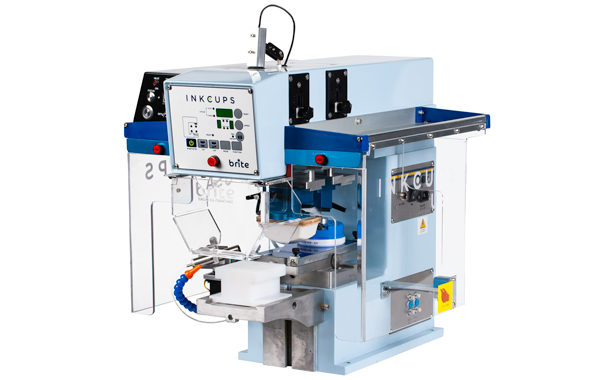 Tagless Printers
Tagless Printers Cylindrical Inkjet Printers
Cylindrical Inkjet Printers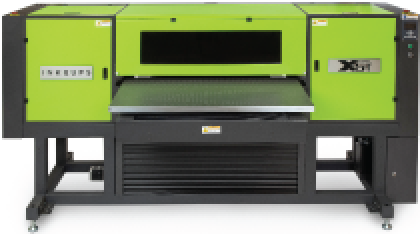 UV Flatbed Printers
UV Flatbed Printers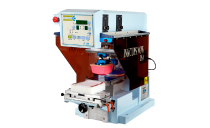 Pad Printing Machines
Pad Printing Machines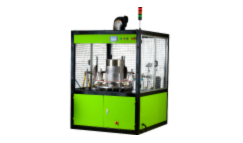 Pretreatment Systems
Pretreatment Systems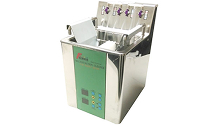 Inkjet Printing Auxiliary
Inkjet Printing Auxiliary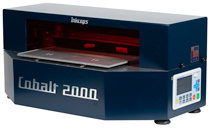 Laser Plate-Makers
Laser Plate-Makers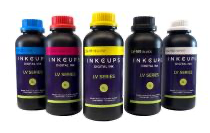 Inkjet Printing Supplies
Inkjet Printing Supplies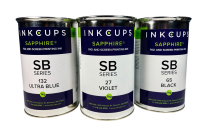 Pad Printing Supplies
Pad Printing Supplies Tagless Supplies
Tagless Supplies